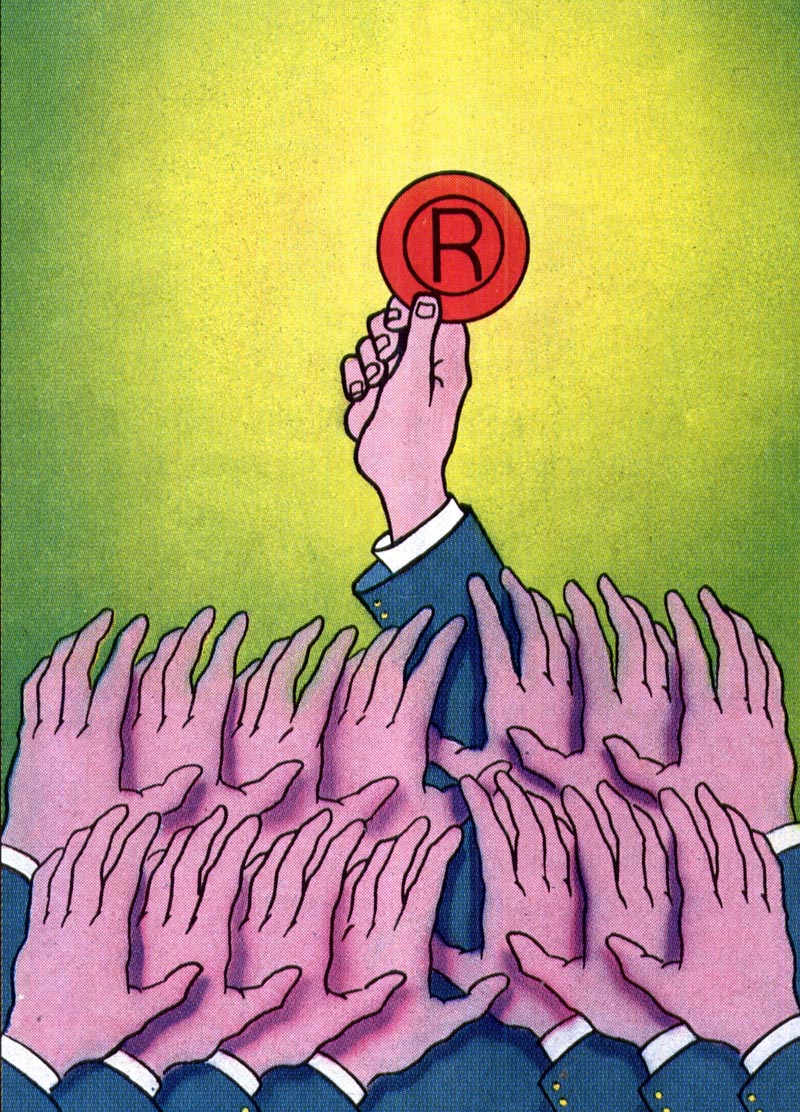
I will always be grateful to the art director at Canadian Business magazine who took a chance and gave a kid with what was clearly a student portfolio a shot at doing his first professional work. I was paid $275 dollars for this spot illustration. I thought I'd died and gone to heaven. Suffice it to say, I'd have happily done the job for free.
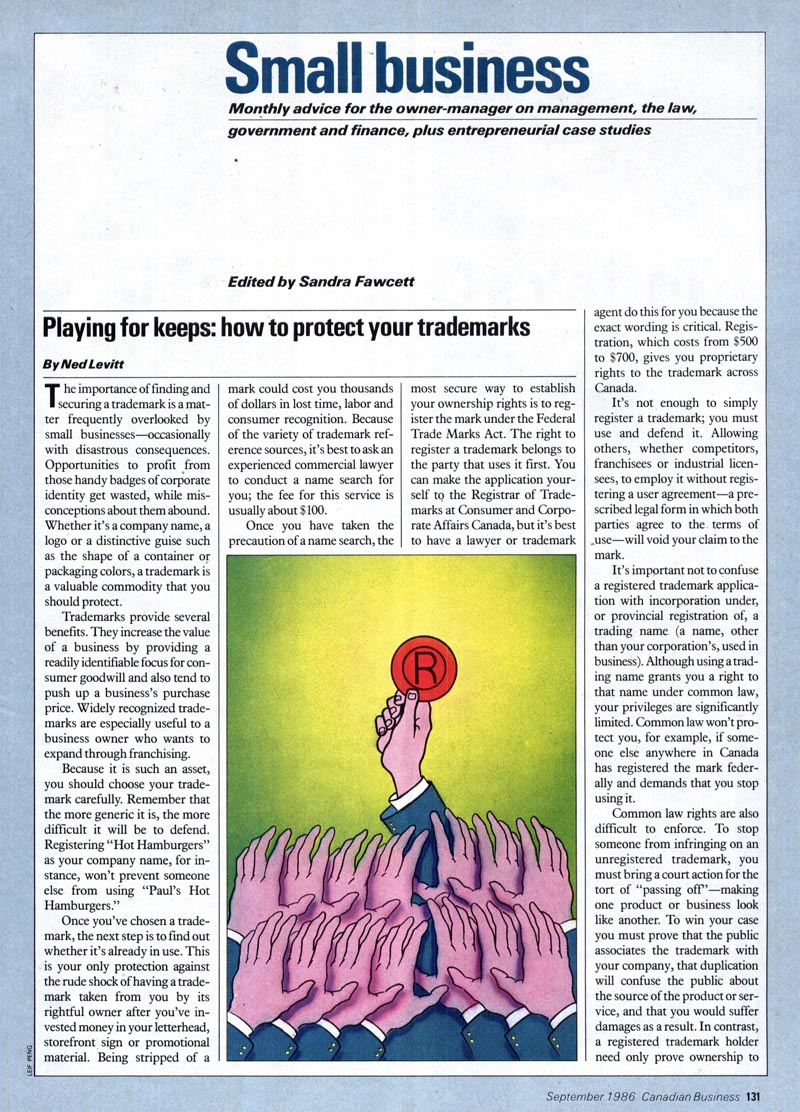
In the years after graduating from college I did many, many more spot illustrations for many other magazines, books and newspapers. There was a time when magazine (or "editorial") art represented a substantial portion of my income. Depending on the size and scope of the work, whether it was for a consumer or trade publication, and whether that publication had local, national or international distribution, you could expect to make anywhere from a couple hundred to a couple thousand dollars for a single magazine illustration.
I don't really do very much of this sort of work any more, but my impression is that the fees for editorial illustration have remained largely flat over the last twenty years. I also have the feeling that there are far more illustrators than assignments in the editorial art market.
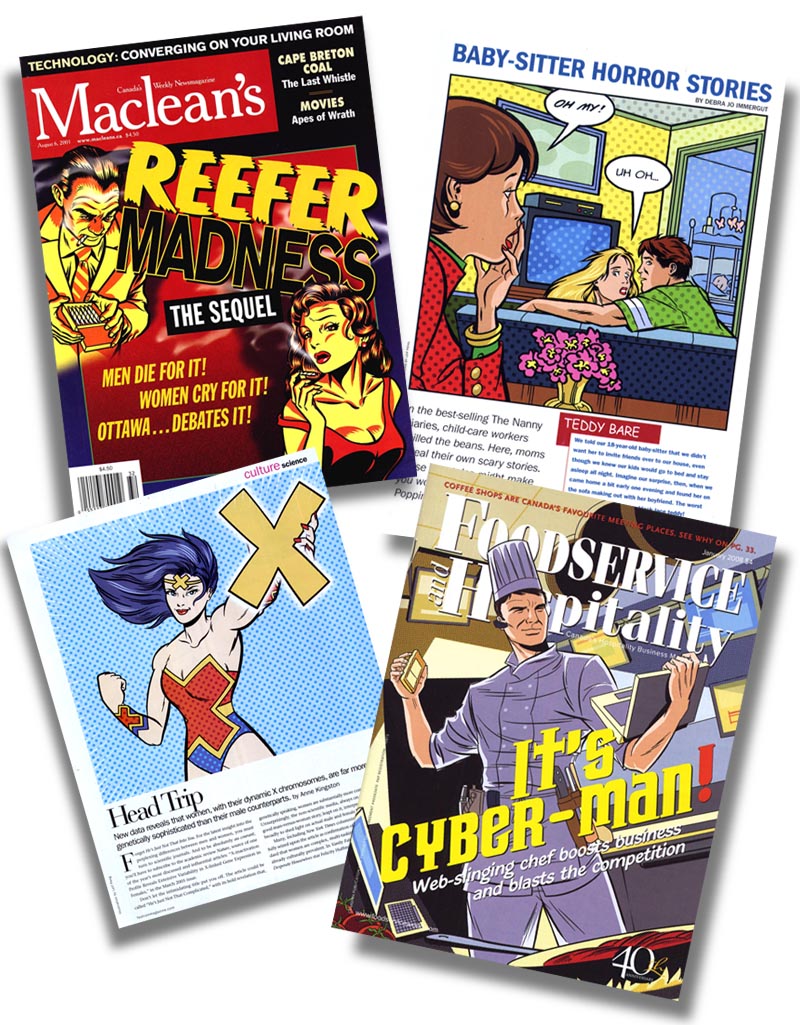
Advertising illustrations, of which I also did many during the 1980s and '90s, paid much better. I typically received fees starting around $2,500 for a single piece of ad art and I believe the highest payment I ever received was in the neighbourhood of $12,000. I knew and worked with several other (far more) important, established Canadian illustrators and heard numbers in that price range mentioned many times.
Among friends who worked for American clients through their reps in New York, it was not uncommon to hear that clients sometimes paid twenty, thirty or close to $50,000 for a single piece of advertising art.
Fifty thousand dollars! Needless to say, assignments with that kind of budget don't drop into an illustrator's lap every week.
But 60 years ago, they did - into Albert Dorne's lap. Every week.
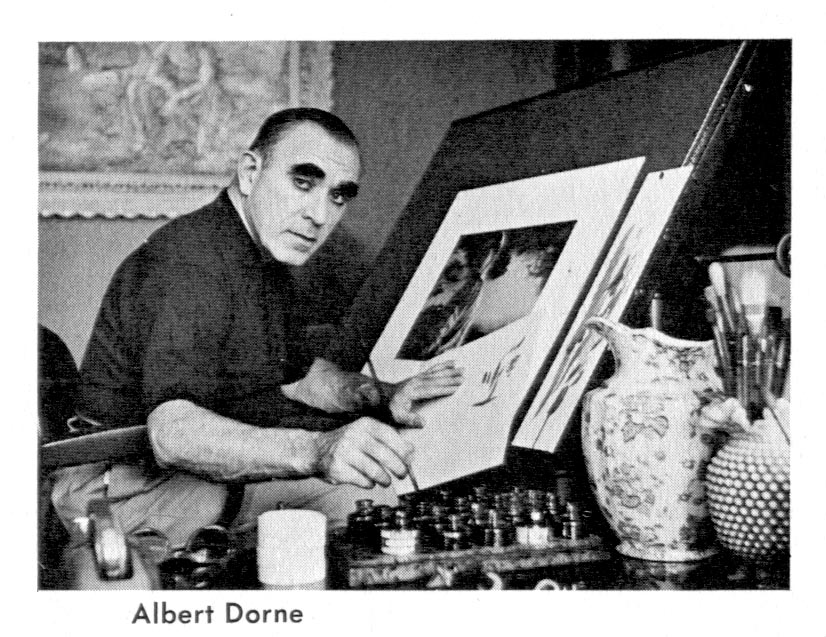
From a March 1950 article in Collier's magazine about the Famous Artists School, we learn that all twelve members of the founding faculty were earning an average of $75,000 a year.
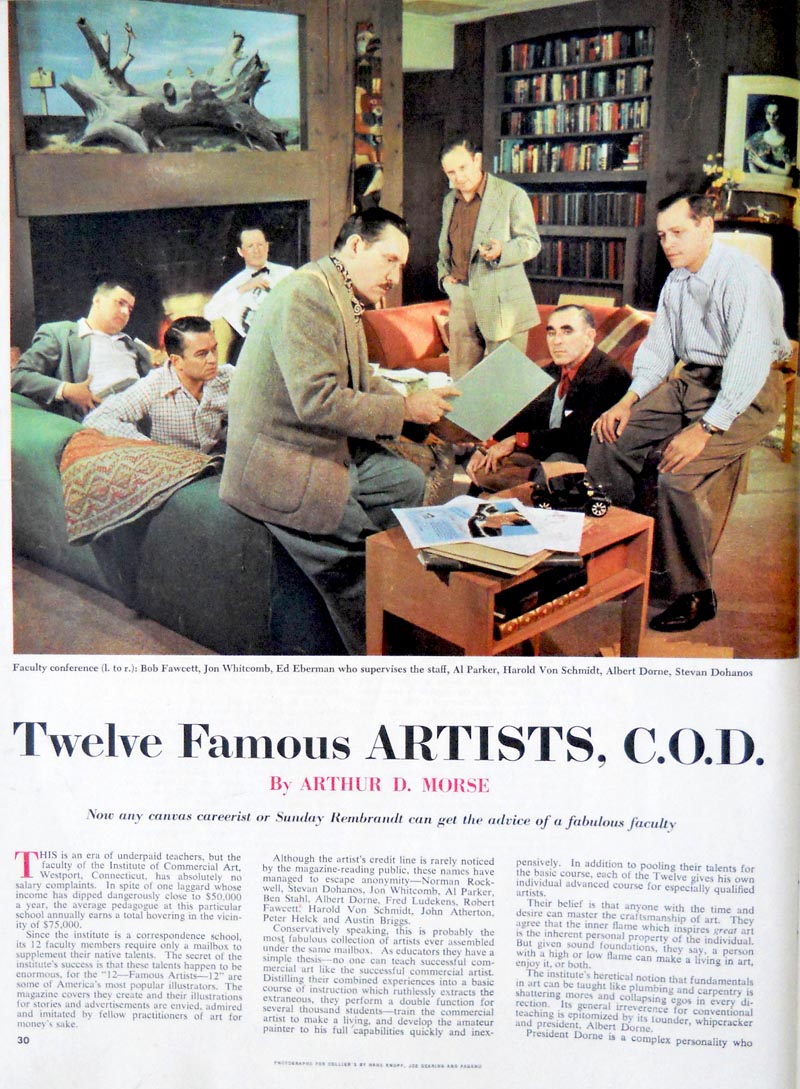
With the exception of FAS founder and president, Albert Dorne, whom the article says was paid as much as $5,000 per advertising illustration and who made $100,000 a year.
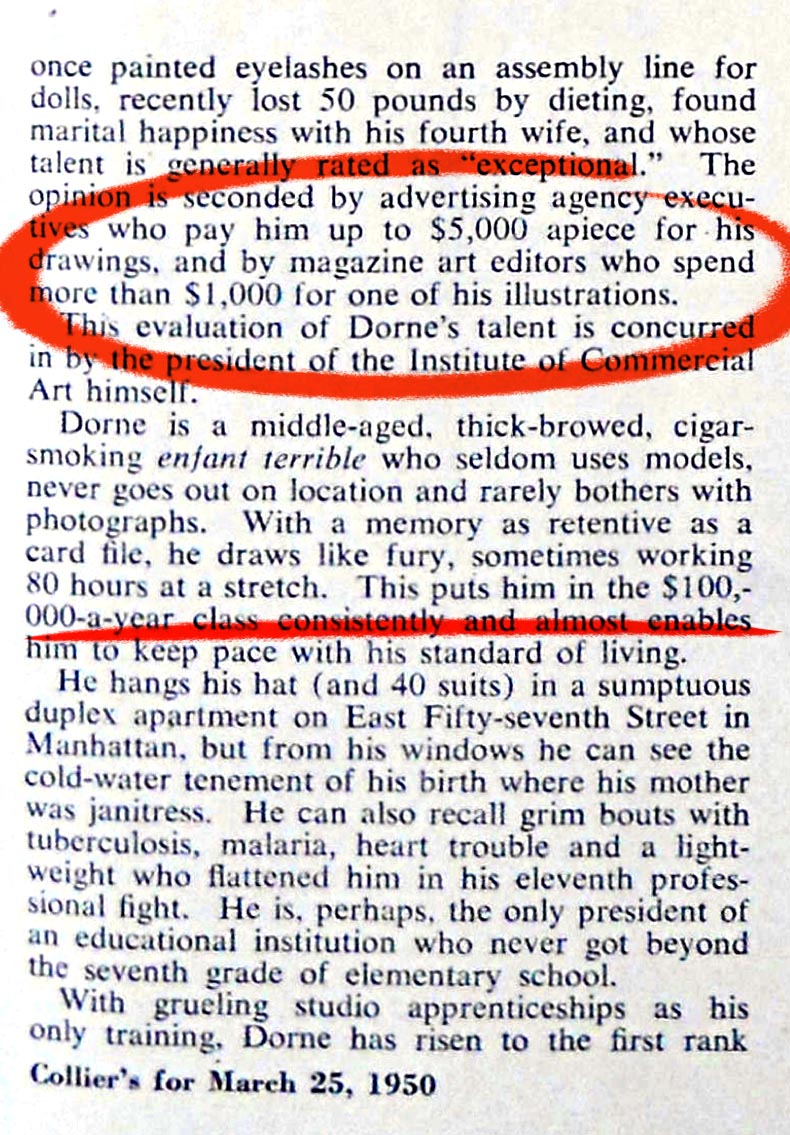
Using any one of a number of online currency converters, we can quickly recalculate Dorne's income as being nearly one million dollars per year when adjusted for 60 years of inflation. His $5,000 ad art fee comes to $46,436.23 in 2011 dollars.
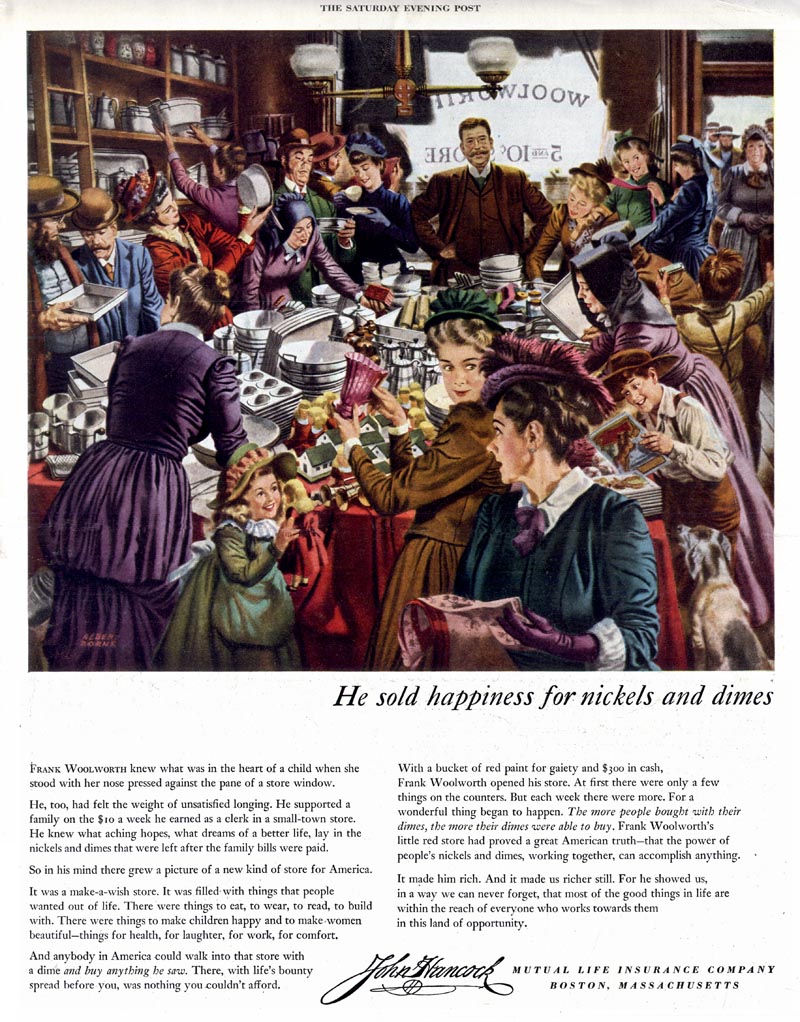
To make the 1950 equivalent of a million bucks a year at that rate, Dorne would have had to do an advertising illustrations every other week. He often did 5 illustrations a day. Of course not every assignment was an ad piece. The Collier's article tells us Dorne received only $1,000 for magazine story illustrations. Or, in terms more relevant to us, a mere $9,287.25 in 2011 dollars.
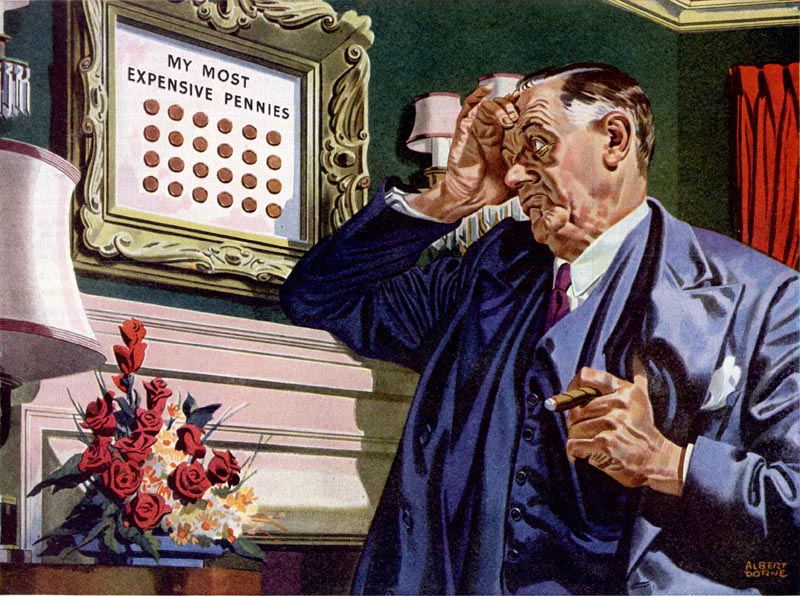
Now there's no denying how exceptional Albert Dorne was - both as an illustrator of prolific output and as a savvy, tireless, business-minded entrepreneur. But consider how many other illustrators enjoyed even a fraction of Al Dorne's success and its easy to imagine that the equivalent of modern day six-figure income was well within reach for many a mid-century illustrator.
A six figure income drawing pictures for magazines and advertising... how common is that today? Consider my spot illustration fee of $275 from 1986 which, as a 22 year old kid, made me feel wealthy beyond my wildest dreams. Now calculate it backwards to 1950 dollars and you discover that I was paid the equivalent of $59.38 in Albert Dorne's time. Which really makes me pause and consider "How to lose money in a hurry" ?
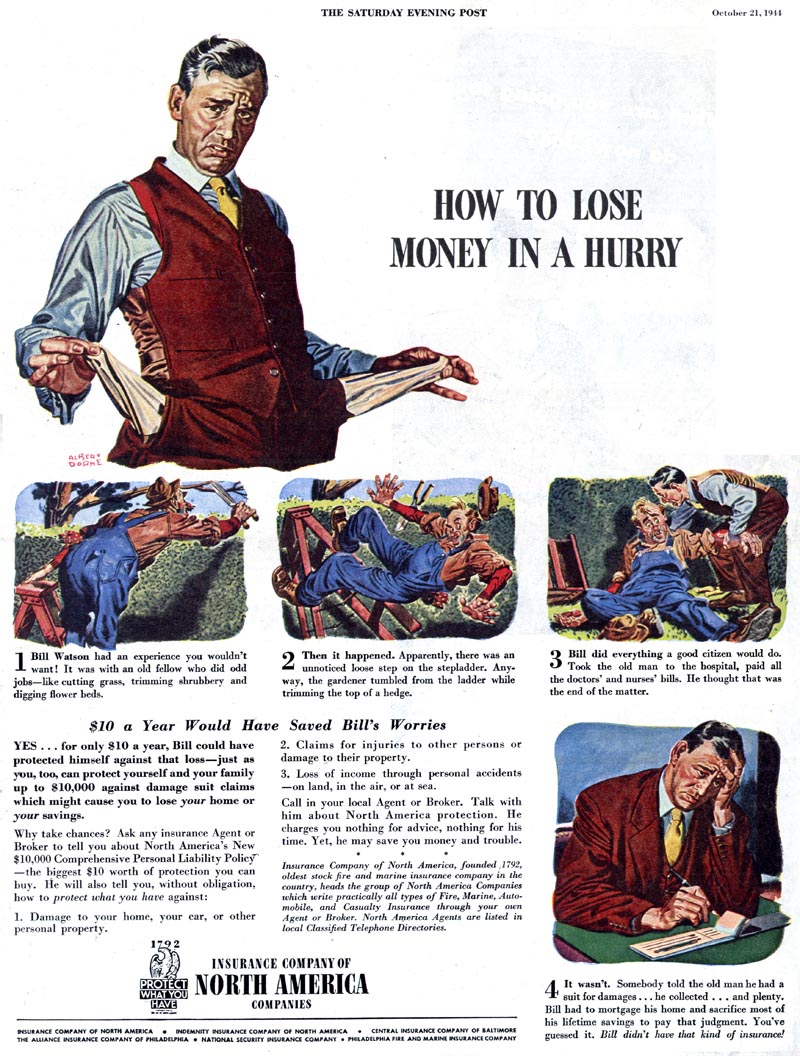
Answer: become a professional illustrator in 2011.
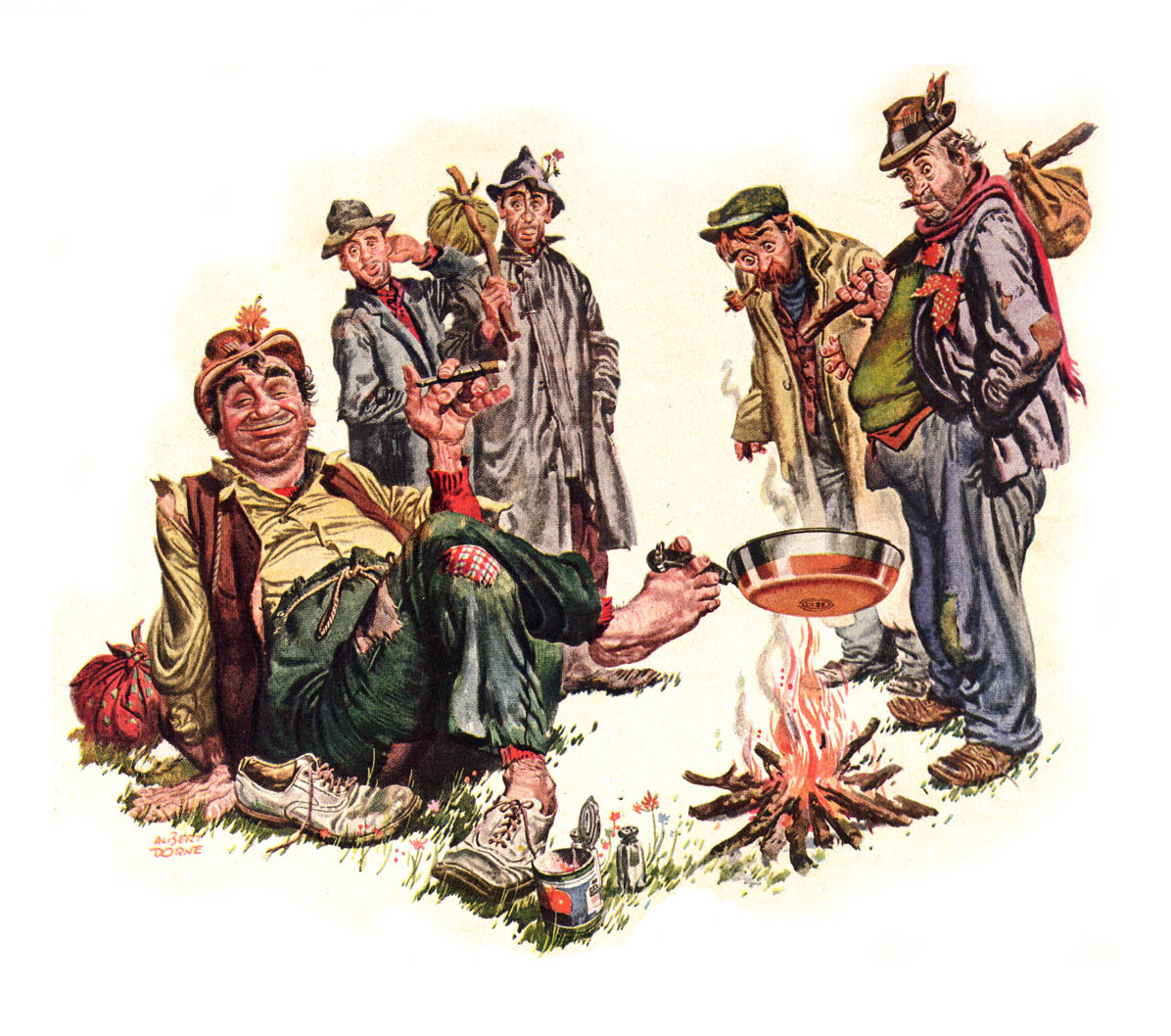
* On October 26, from 7 to 9 pm, I'll be in Toronto at The Nook giving a talk about Albert Dorne and many other mid-century illustrators whom I've written about over the last six years. I'll share stories and anecdotes - some from my research but also many from personal interviews I've conducted with many Canadian and American illustrators of the mid-20th century. I'll be looking at changing styles and technology and how both have impacted the business of illustration over the last half century. Perhaps we can learn something from the lessons of the past... or perhaps we are doomed to repeat it.
Also, there will be treats.
If you think you might like to attend, the details are at The Nook Collective website
This week, a preview of some of my discussion subjects.






0 comments:
Post a Comment